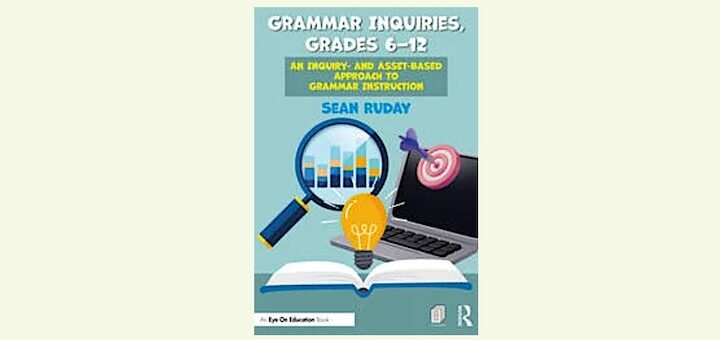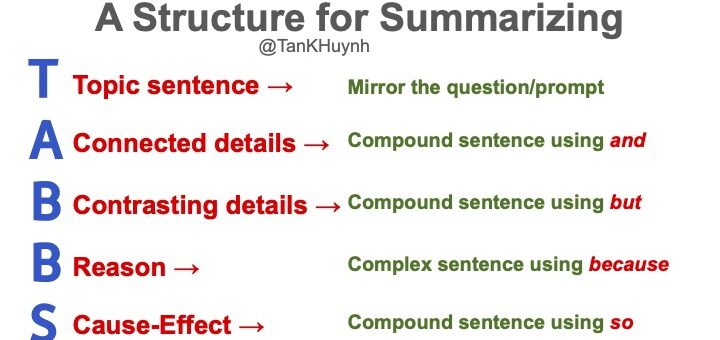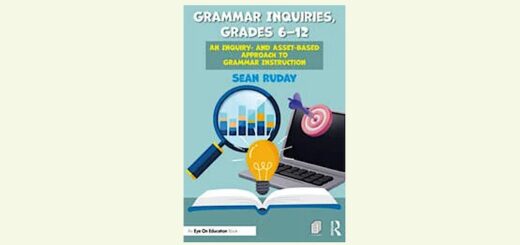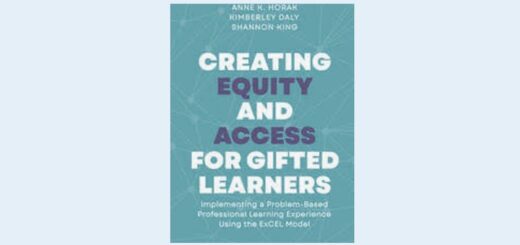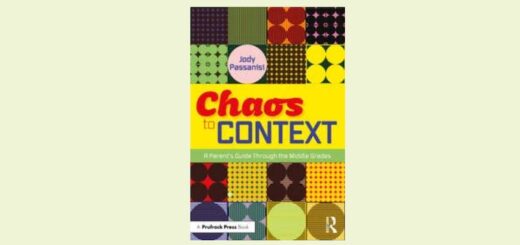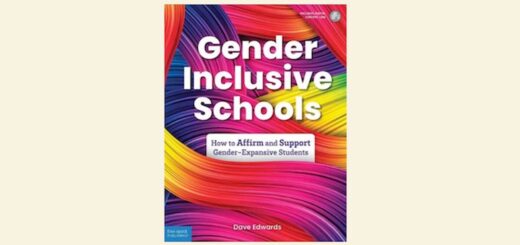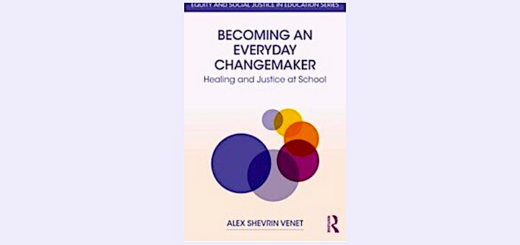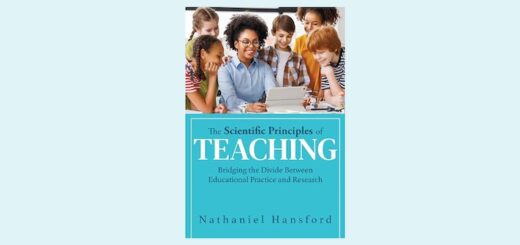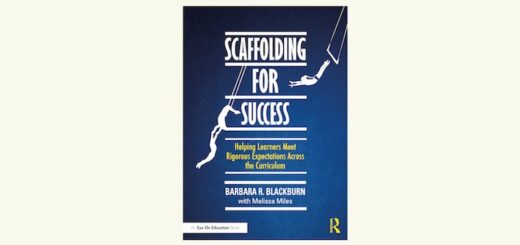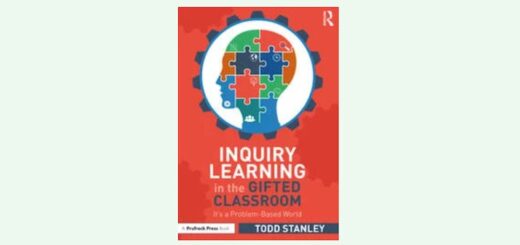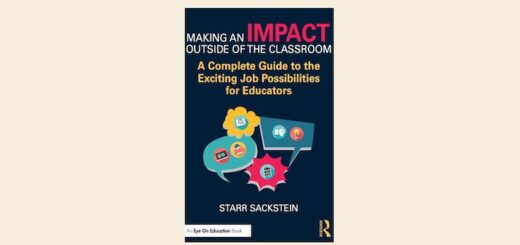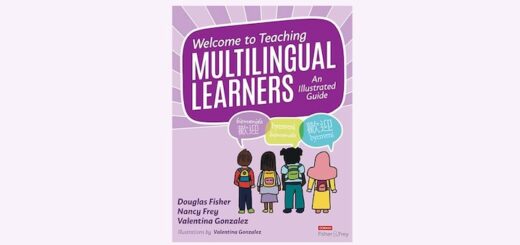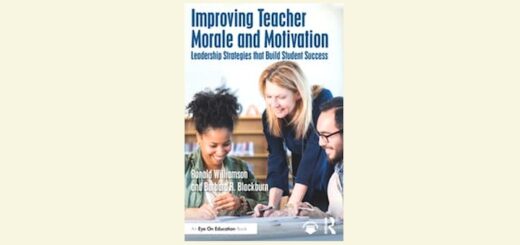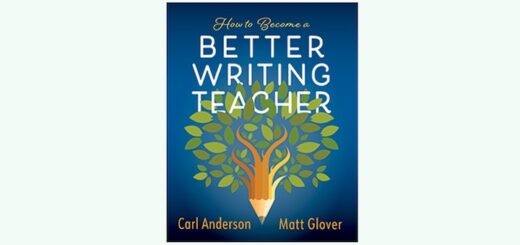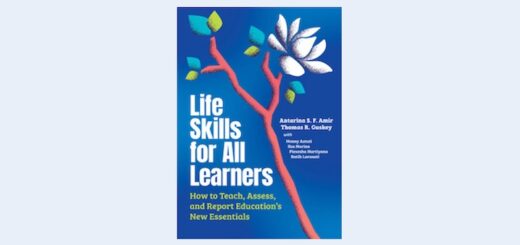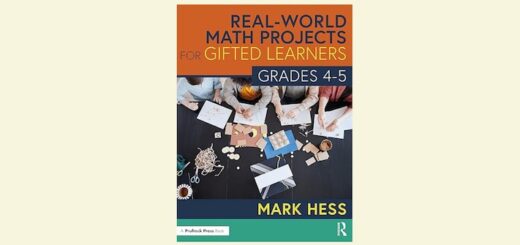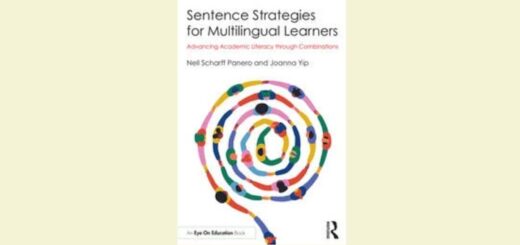Teaching and learning in grades 4-8
MiddleWeb is all about middle school & the middle grades — with a sharp focus on teaching and learning in grades 4-8. Click to learn about our work and what we have to offer, and find out how to get involved.
Getting students to show their reasoning isn’t about adding one more step, writes math coach Mona Iehl. It’s about redefining how math learning happens and coming to see that students learn not through memorizing steps, but through reasoning, discussion, and exploration.
Instead of focusing on isolated rules, Sean Ruday’s approach to grammar prioritizes inquiry-based learning and asset-based practices that foster deeper understanding and honor students’ lived experiences. A useful tool for someone new to these ideas, writes Melinda Stewart.
Language specialist Tan Huynh goes beyond familiar methods of scaffolding for paragraph development to help multilingual students understand how sentences interact for cause and effect, adding details, explanation, and contrast using a TABBS structure he has developed.
Why do we read and write in the first place? ELA teacher Jason DeHart explores the importance of maintaining multiple avenues for students to read mentor texts, write every day, get teacher feedback, and collaborate as they create in English class and across content areas.
Administrators and gifted and talented coordinators can include Creating Equity and Access for Gifted Learners with its introduction of the ExCEL Model as one part of a larger body of resources to support the implementation of problem-based learning, writes Kim Rensch.
Creating neurodiversity-affirming schools is not merely an educational shift; it’s an act of advocacy, equity, and justice. Our actions ensure that every student can express themselves openly and thrive academically and socially, write Amanda Morin and Emily Kircher-Morris.
AI should be more than a tool; it could be a true creative partner and not a crutch. It is our job to get our students to that point. Practice at choosing the best words for prompts, refining those prompts, and evaluating and adjusting the responses can help get them there.
What do middle graders need from adults, especially their parents? Looking into brain science and social, academic, tech and ethical issues, educator and parent Jody Passanisi asks parents to think back to their own childhoods and then consider how to best support their kids.
Every student needs to understand AI basics, including its potential and problems. They need to be aware of current AI tools and understand how to use them. Perhaps most important, they need to understand the social and ethical issues AI can create. Anne Jolly shares ways to get students started.
In her latest look into the power of scaffolding to boost students’ learning, education consultant and author Barbara R. Blackburn centers on a traditional but very effective strategy: offering students graphic organizers. She shares seven examples with tips on how each one supports learning.
